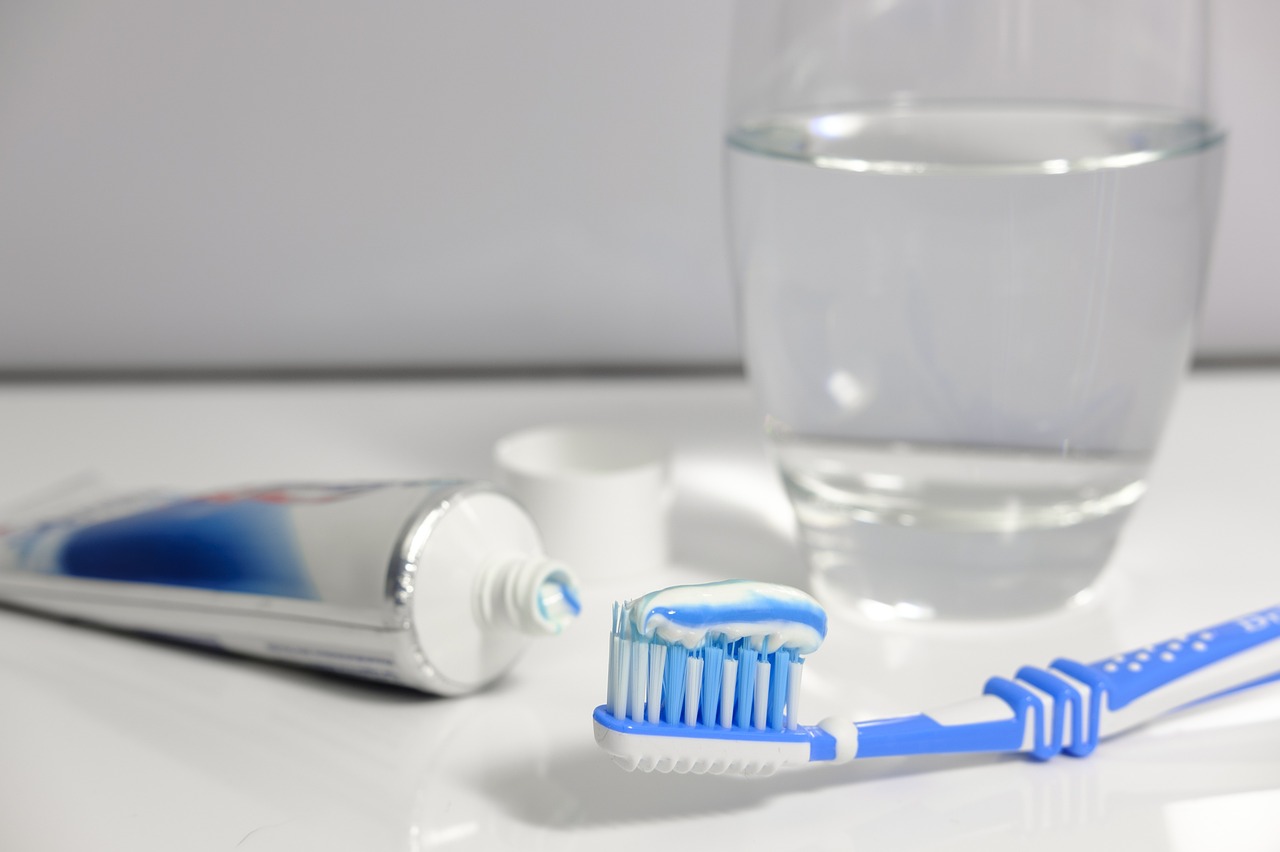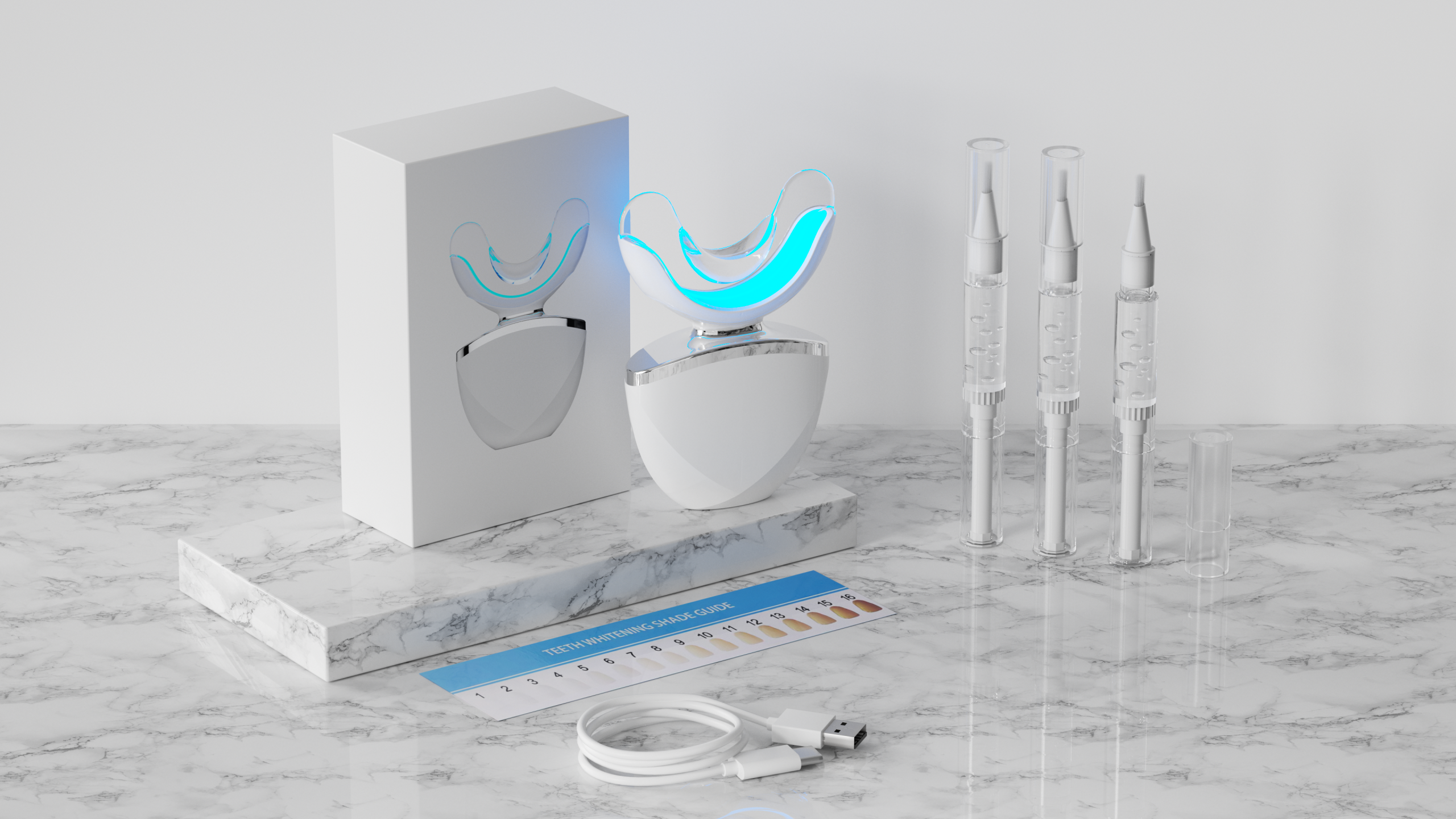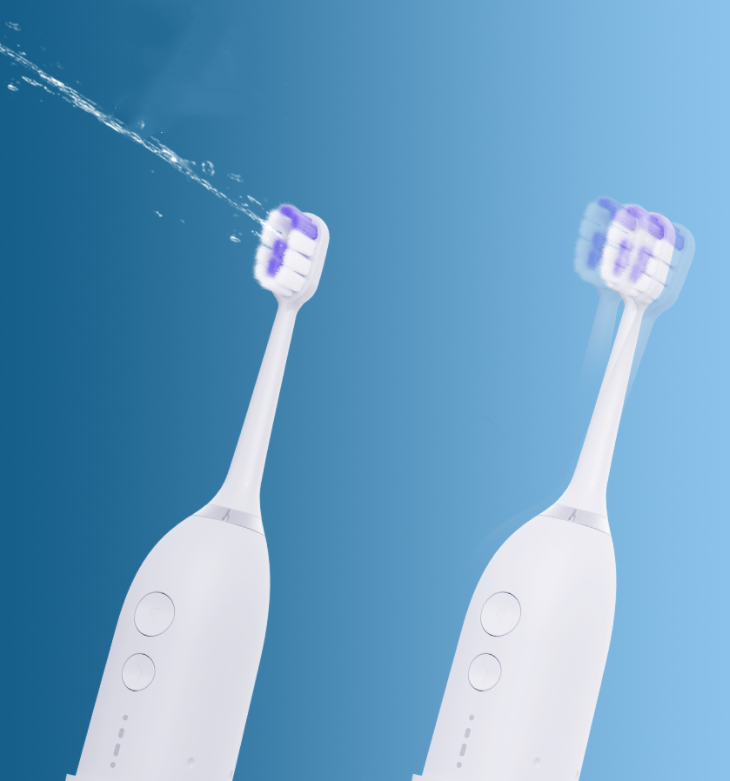For manufacturers targeting West Coast markets, the question isn’t merely whether a California whitening brush can remove stains — it’s whether it can do so safely for users with California sensitive teeth. Given the region’s health-conscious consumers and strict product-safety expectations, designing a whitening toothbrush that simultaneously respects dentinal sensitivity requires an integrated approach spanning materials, mechanics, testing and go-to-market strategy.
First, recognize what “California sensitive teeth” implies for product design. Consumers in this region frequently combine whitening aspirations with heightened concern for enamel preservation and gum comfort. Contributing factors include diet (acidic foods/drinks), lifestyle (frequent outdoor activity, teeth clenching), and an emphasis on natural/low-chemical products. Therefore, your California whitening brush must be optimized for stain removal while minimizing enamel abrasion and dentin exposure.
To achieve effective whitening while protecting sensitivity, prioritize these engineering choices:
Material selection is a core differentiator for buyers focused on sensitive-teeth markets:
B2B buyers expect evidence. For a California whitening brush marketed to manage California sensitive teeth, produce and present:
California buyers care about safety and sustainability. To earn shelf space and professional endorsements:
How to sell the concept to distributors and retailers:
A thoughtfully engineered California whitening brush can meaningfully support users with California sensitive teeth — but only if whitening functionality is balanced with gentle mechanics, low-abrasion materials, robust testing, and California-safe product credentials. For B2B partners, the opportunity is clear: deliver validated whitening performance plus sensitivity protection, and you’ll meet a strong and growing local market demand. Contact us
-300x300.jpg)
-300x300.jpg)

How Dentists Start an Electric Toothbrush Business Introduction
Affordable Bulk Electric Toothbrush Supplier – OEM B2B Oral Care Solutions
Professional-Grade Electric Toothbrush for Clinics – Reliable OEM Equipment for Dental Practices

How to Make Your Own Electric Toothbrush

How to choose a reliable electric toothbrush factory?
.jpg)
California Waterproof Toothbrush – Powsmart PTR-C8 for Beach Lifestyle

Brooklyn Fast Local Delivery Electric Toothbrush Wholesale Suppliers
.jpg)
Texas Electric Toothbrush – Powsmart PTR-C8 Long Battery
.jpg)
Seeking dental assistant roles? Certification programs near Tacoma
.jpg)
NYC Dentist Recommended Electric Toothbrush Manufacturers 2025
Electric Toothbrush with Replaceable Heads – Cost-Effective and Sustainable B2B Oral Care Solution
Electric Toothbrush for Elderly Care Facilities – Gentle, Efficient, and Hygienic Oral Care for Seniors
.jpg)
sonic electric toothbrush Tacoma

Does Toothbrush Mold Customization Accelerate Your Toothbrush Prototype Development Process?

Cutting-edge tech makes us apart from other electric toothbrush manufacturers

Is Low-Speed Brushing Safer for Toddlers?

electric toothbrush heads Deep Clean
.jpg)
Florida Electric Toothbrush – Powsmart PTR-C8

electric toothbrush heads Ultra Soft

electric toothbrush heads Charcoal Infuse-Round

Customization Teeth Whitening Gel

electric toothbrush heads Regular Clean

Private Label Whitening Gel

Electric toothbrush heads Charcoal Infused-Diamond
whstapp
whstapp
National Toll-Free Service Hotline
+86 755 86238638